|
Knowledge is power. Our understanding of the world around us and our place in it directly affects our ability to function effectively and attain happiness or success (or both), or whatever it is that we seek. As a teacher you pass information and the ability to think to your students, making them more powerful. The better you are as a teacher and the more knowledge you provide, the more powerful your students will become.
This power dynamic can create tension between the teacher and student. Many teachers are afraid of the power that the student will gain if they offer all their knowledge. Won't the student then be equal to the teacher? Or perhaps even better? So the teacher limits the knowledge they offer, only providing part of the information to prevent the student from rising too high. Or they may belittle their students, criticizing and insulting them to remind the students how low they are. This keeps the student---in the teacher's mind, at least---below the teacher. How do we avoid this? By embracing the possibility that our students will become greater than us. Hoping for it. The value of our students is not in the way they build us up, looking up to us admiringly as all-knowing gurus. The value of our students is the way they are individuals with unique experiences, minds and ability to think. Their value is the same as ours, the same as anyone's, to recognize the things that need to be done to make the world better. To have the knowledge and courage to pursue them. One of our favorite quotations is credited to Ralph Waldo Emerson, "The greatest way to honor one's teacher is to obliterate him." This contains a great lesson for the student and the teacher. The goal of both parties is the transfer of knowledge and understanding, which is not to be confused with doing things the way they've always been done. A successful student will be able to think independently of the teacher. A successful teacher will embrace and encourage that independence.
0 Comments
As the year turns over, we quickly shift from looking backward---"what happened this year?"---to looking forward. I have mixed feelings about New Year's resolutions because they encourage us to be dissatisfied. It would be better to focus on contentment.
The more I practice, teach and study I am shocked by the way my mind changes. I see things so differently now than I did when I started learning about yoga years ago. I suppose it shouldn't be surprising. How could we possibly have clear vision or intention when we are beginning on a new path? Each bit of practical experience and insight necessarily changes our perspective. Lately, I have been studying the Bhagavad-gita, and it is so clear which passages are speaking to my present situation: Actions should not be undertaken for the benefit of myself or my ego. When I say this out loud, it seems obvious and silly. But which of our actions are not designed to benefit ourselves? When I say things so people understand my intelligence, I am serving my ego. When I eat the food I "like," I am serving my sensory desire. Even when I study and learn, am I doing it just to develop my sense of accomplishment and my ability to excel in the world? It is increasingly important to me to recognize and subvert these thoughts and actions. Instead, my actions should be directed toward the service of others. The difficult part for me to understand is do I do this for the benefit of myself or other people? Even that dilemma is addressed in the Gita. One who performs apparently selfless actions for his own benefit is ignorant, while one who takes no credit and accepts no personal benefit is wise. This is my goal: to serve with no agenda. To recognize the emergence of my ego and discard it, so my actions build the good of the world at large instead of just myself. This blog was originally written in January 2019. The holiday season is here and that means lots of gatherings, food, drink and gift-giving. So many cookies and cakes, rich meats and huge meals. Not to mention the relatively high level of stress that comes with the responsibility of gift-giving, being friendly for long periods of time, lack of sleep from late nights and travel.
How do we avoid losing ourselves during this time when the routines are so different and the discipline that we cultivate during the rest of the year gets discarded for a few weeks of cultural tradition? The answer is non-attachment. Non-attachment can seem like a strange and complicated concept, but its essence is simply a knowledge of who we really are. We are deep, calm beings at the core, unswayed by the constant changes of the outside world. But we are constantly drawn outward into the realm of our senses where we latch onto sights, sounds, feelings, tastes and even ideas. We become absorbed in these sensations and activities and think that that is who we truly are. Ok, enough philosophy for now... Next time you are having a cookie (or something delicious), notice the pleasure you experience in the taste. This is a reaction of your senses and does not impact your true self. When you get a great gift, realize that it may bring you pleasure or make your life a little easier. But it does not impact your true self. Yogically speaking, the detriment in eating rich foods and accepting gifts is not in the way that our health suffers or we need to buy more batteries. It is the way in which we derive pleasure via the senses---which everyone loves!---and then think that our truest self is there in the senses. That mistake is the essence of all yogic practice. So this holiday season take a moment or two to separate yourself from your senses and your experiences of pleasure. Recognize the pleasure and then recognize that it is not who you truly are! Happy holidays! One of the essential---and I mean ESSENTIAL---elements of yoga is humility: searching for and recognizing the true nature of who we are. As such, ego is a fundamental enemy of yoga. This isn't necessarily ego as in: "he or she has a big ego", but rather mistaking our true identity with our body and mind.
So any action or practice that encourages us to think of our body or mind as our true self is going to take us in the wrong direction. The same is true for any entity that we create, a brand, a product, a philosophy or a system of yogic practice. Confusing our accomplishments with the true nature of our being is a mistake and leads us away from contentment. (This is admittedly difficult because we want to build up our egos to create a worldly sense of security and value.) CREATING A YOGA METHOD There is no problem at all with developing or revising a method of yoga. Each culture and time period has its own language and tendencies, so the methods of communication and practice necessarily change, even if the goal is the same. Great teachers are usually ones who can communicate clearly to a population that others have failed to reach. It is of course vital that the goal of yoga---recognition and experience of the true self---remains regardless of the practices to achieve it. So...what should one name a system of yoga? Many name their systems after concepts or terms from yogic history or philosophy, like Ashtanga Vinyasa or Kundalini. These names have the benefit of referring to concepts that are bigger than the originator and any individual teacher, but have the drawback of being misleading, especially if you understand the meaning of the terms. Others name their systems after their teacher. This is a sign of humility and respect while also recognizing the uniqueness and specificity of the teachings. The drawback here is that each teacher will inevitably put his or her own interpretation on the teachings, so they will naturally evolve even when the name suggests that the teachings are from a specific teacher in the past. A good example of this is Sivananda Yoga, which was developed and named by Swami Vishnudevananda, a student of Sivananda. Sivananda's own organization is called the Divine Life Society. (We at Ghosh Yoga fall into this category, teaching a yoga system named after the teacher of our teachers.) Some name their systems after themselves, including Iyengar, Bikram, Forrest and Baptiste. This has the advantage of being quite specific about the practices and beliefs therein, even with the implied statement that "this is yoga as I see and teach it." It is very personal. The main problem with this is not in its clarity about the system, but in its danger to the founder. By naming a system after oneself and then dedicating years to building it up, it is almost inevitable that the name, the character and the ego get built too. This takes one very far indeed from the goals of yogic practice. It seems that history is littered with holy men and yogis who have been disgraced by acts immoral and illegal. In their youth they may have been full of skill, insight, light and promise, but as the years passed they somehow lost their purity and path, becoming attached to fame, riches, power and the adoration of their followers.
We are left to wonder how we missed the signs of evil. Were they there all along, even when they were so young and seemed so pure? Were they hiding their true intentions, duping us into trust and faith? Is their evil misunderstood? Are they the victims of circumstance? In truth, a yogi can be pure, realized and glorious at one point and then become overrun by worldly desires and corruption at another point. The two are not mutually exclusive, and presence of one does not mean that the other never existed or never will exist. The mind of a yogi---or an ordinary person, for that matter---is like a garden. It begins as a wild forest, overrun with natural growth until it is cultivated by disciplined practice and study. If we practice with dedication, we can turn the mind into a beautiful, lush and organized garden. But a garden takes constant attention, tending to the plants that are growing and removing the resurgent weeds that will never stop coming. Even a few weeks of neglect allow the wild weeds of the mind to grow and gain traction. If we neglect our practice and discipline for years or decades, even the finest mind will be overrun just as a garden neglected for years or decades will turn back to wilderness. Regardless of how pure or holy we may be, we are never beyond the need for discipline, practice and study. We must constantly tend our gardens, because the weeds will always grow. Even a great yogi can be overwhelmed by the desires and attachments of the mind. Questions and arguments often arise over the spiritual and religious nature of yoga. Is it spiritual? Is it religious? Is it neither, but a physical exercise regime?
What does it mean to be spiritual? Most spiritual traditions and philosophies address a few important issues: What is the essential nature of the self? What is the essential nature of the universe? Is there God, and if so what is God's nature? Also, what is the relationship between God and us? Each spiritual philosophy and religion has its own answers to these questions. In essence, a religion is defined by its answers to these questions. How does yoga fit in to this? Many people in the West practice yoga for its physical benefits, no different from any exercise regimen. Yoga is great for balance and flexibility, and the calm nature of studios and teachers helps us feel peaceful. For the cardiovascular system yoga is on par with brisk walking, and it has been shown to improve the function of our blood vessels. For many, these physical benefits are more than enough reason to practice yoga. Others practice yoga for spiritual insight, because there is one specific element of spirituality that is clarified by physical activity: the nature of the self. When we control the body, we soon realize that the body is not the truest nature of the self. The self is not defined or limited by the hand or the spine or the stretching feeling in the hamstrings. Deeper still, the self is not defined by the wandering mind, our frustration or ambition to successfully perform a posture or exercise. In this way, physical yoga practices---physical practices of any sort, for that matter---can aid us in understanding the true nature of the self and be spiritual. On the other hand, physical practices including those in yoga have the potential of being devoid of spirituality when the intent is firmly on the physical benefits. So, is yoga spiritual? Yes and no! It depends on your goals, intention and focus. On our recent trip to India we visited Kaivalyadhama, the oldest yoga research facility in the world. It was founded by a yogi named Kuvalayananda, who dedicated his life to the three-fold mission of healing people through yoga, teaching the next generation of teachers and researching the scientific impact of the practices. The Kaivalyadhama campus now covers about 200 acres. It has grown from its humble beginnings as a small room for conducting research. As we walked the grounds, we were struck by a quotation from Kuvalayananda: "I have brought up this institute out of nothing. If it goes to nothing, I do not mind, but Yoga should not be diluted." It is a bold statement that shows clear values. Success---in terms of reach, money acquired or people reached---is not important. He goes so far as to say that he doesn't mind if the whole thing disappears!
What was vital to Kuvalayananda was the integrity of the teachings: "Yoga must not be diluted." It takes a strong vision and a strong will to carry out this mission, because it is far too easy to compromise our goals when survival or popularity enter the picture. This shows the intent of a yogi who's thoughts and actions are not swayed by worldly desires. Money comes and goes. Popularity comes and goes. Happiness comes and goes. Even our lives come and go. But knowledge and truth remain. We must not dilute knowledge for the sake of temporary things, even if our institutes go "to nothing". We often get questions about namaste, a word that has become practically ubiquitous in western yoga classes, where most teachers will end class by saying it.
As you may already know, namaste involves placing the palms together in prayer in front of the chest. Often the head bows and the word namaste is spoken. The literal meaning is "I bow to you". It is a greeting and a display of respect. Namaste in Western yoga culture has been imbued with high meaning: that there is a divine being in me which recognizes a divine being in you. This belief comes from a spiritual philosophy called Advaita Vedanta, which argues that all the world is one; that any perceived separation between entities, including between you and me, is a misperception. This may seem like a lot of meaning to squeeze into one little word, and it is. In its most common sense, namaste simply means "hello" or "greetings". When deeper, more spiritual meaning is desired, you might be more specific by naming the entity to whom you bow: "Teacher, I bow to you", "God, I bow to you", "Highest self, I bow to you". THE HANDS It is easy to overlook the cultural reasons for the hand gesture. In the west, we shake hands or even hug when we greet. In India shaking hands is quite uncommon. It is impolite to touch other people, since the hands are used for other activities like eating and washing the body. The hands are of questionable cleanliness, so we keep them to ourselves when we greet one another. What happens instead is we touch our hands together in greeting, forming a prayer or namaste gesture. HOW & WHEN DID IT BECOME SO POPULAR The word namah is common in old Sanskrit texts. Like mentioned above, it is generally accompanied by something more specific, naming the entity to whom we are bowing with respect and devotion. What we often overlook is that namaste is a common modern Hindi word that has been used in recent decades by Indian yoga teachers and public figures who speak Hindi. There are many examples of Ghandi, Nehru and Osho stepping onstage before a large audience and assuming the namaste hand position. In the 1950s, 60s and 70s this captured the imagination of the Beat and Hippie generations in the West. They were quick to adopt the respectful and peaceful gesture. Over the ensuing decades, namaste has evolved from a respectful greeting to a full-on spiritual statement, which is perhaps overblowing it. OM We don't say namaste at the end of practice, nor do the Indian teachers we know or the Vedantic swamis with whom we have studied. When we're in India, we say it all the time as a greeting to people we meet. When we're in Kolkata, we say nomoshkar, which is the Bengali equivalent. There is, though, a word which carries significant meaning and history. It is what the swamis say at the beginning and end of every lecture, class, meditation and mantra: om. Om is a word that is present in the Vedas (there's even an entire Upanishad devoted to it) and the Yogasutras, explained as containing the sound and meaning of all creation. In our estimation, om is a more appropriate word to remind us of oneness, humility, respect and devotion. The world outside calls the mind,
with voices, horns, billboards and email alerts, until the mind emerges and comes to reside in the world. The assault on the senses is like a day with no night. We become disoriented from stimulation, insane but unable to rest. Still, we think the key to relief is somewhere outside. Peace, rest and happiness do not lie in the world outside. They can not be found by sight, touch, hearing or taste. This is the first realization: that happiness lies within. Only with this can our journey toward actual peace begin. Next time you are offended by someone else's words or actions, see if you can notice the separation you feel from them; that moment when you feel: "I am not you. We are so different." The sense of a separate self is strong in these moments. There is nothing that promotes and strengthens our sense of "I"-ness quite like other people, especially when we disagree with them.
Notice your own sense of rightness---even superiority---in these moments. We all experience it. This sense of "I" is called asmita, and according to the yogis it is one of the most powerful afflictions of the mind (Yogasutras 2.3). Normally, as we walk through everyday life, we aren't aware of this "sense of self." We just treat it as our deepest identity, and it informs our interactions with the world, people and ideas. Once we witness the separateness we feel, what are we supposed to do? As with many things in yogic practice, awareness is half of the battle. Once we become mindful of this "sense of self" that defines our identity, we begin to see it everywhere. It is there in both agreement and disagreement, and even in our quietest moments of self-reflection. This "I"-ness is our mind's creation of who we are, who we are not, and who we want to be. The goal is not to avoid offense. The goal is to realize this tendency in ourselves, and then to explore and deconstruct the conditioning that has created our "sense of self." This is why getting offended is so illuminating. When we feel offense, it is because we have a strong sense of "I"-ness that is conflicting with the other point of view. The "I"-ness is what we want to pursue, not the offense or the point of view that brought it on. When we explore our own sense of self and our beliefs about right and wrong, we often find that they are constructions that were taught to us by parents, teachers or society at large. The beliefs we take for granted most are the ones that call for the deepest consideration. So next time you get offended, use it as a mirror to understand your "self" better. |
AUTHORSScott & Ida are Yoga Acharyas (Masters of Yoga). They are scholars as well as practitioners of yogic postures, breath control and meditation. They are the head teachers of Ghosh Yoga.
POPULAR- The 113 Postures of Ghosh Yoga
- Make the Hamstrings Strong, Not Long - Understanding Chair Posture - Lock the Knee History - It Doesn't Matter If Your Head Is On Your Knee - Bow Pose (Dhanurasana) - 5 Reasons To Backbend - Origins of Standing Bow - The Traditional Yoga In Bikram's Class - What About the Women?! - Through Bishnu's Eyes - Why Teaching Is Not a Personal Practice Categories
All
Archives
May 2024
|


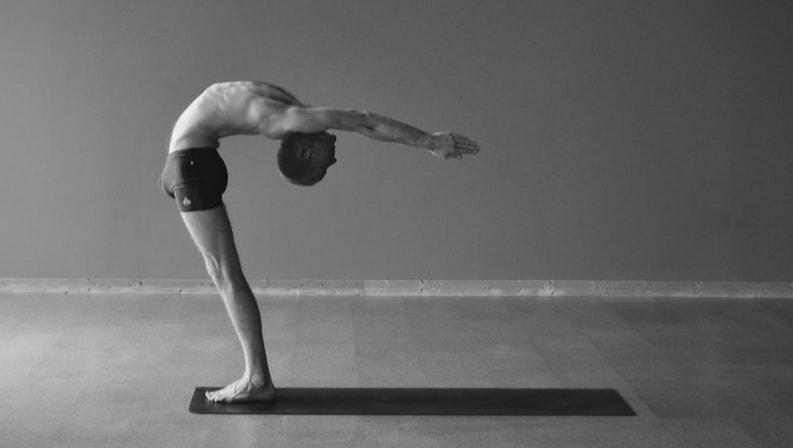
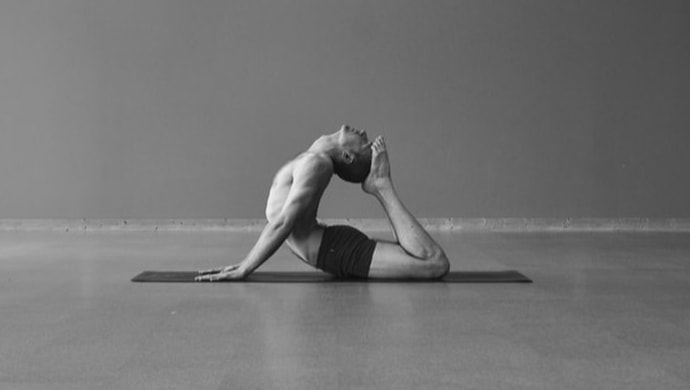
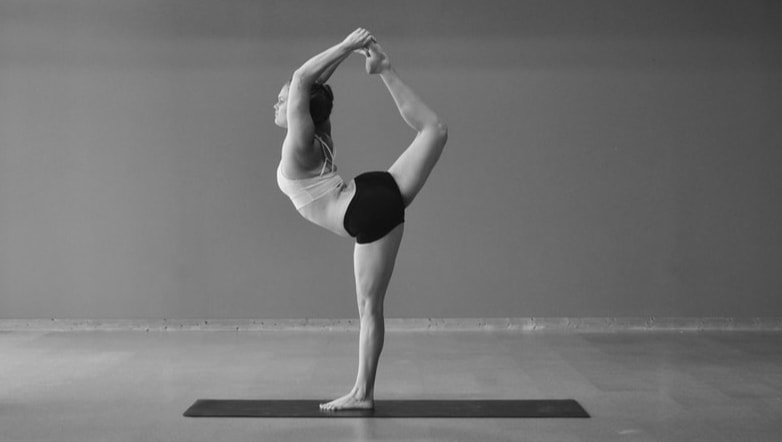
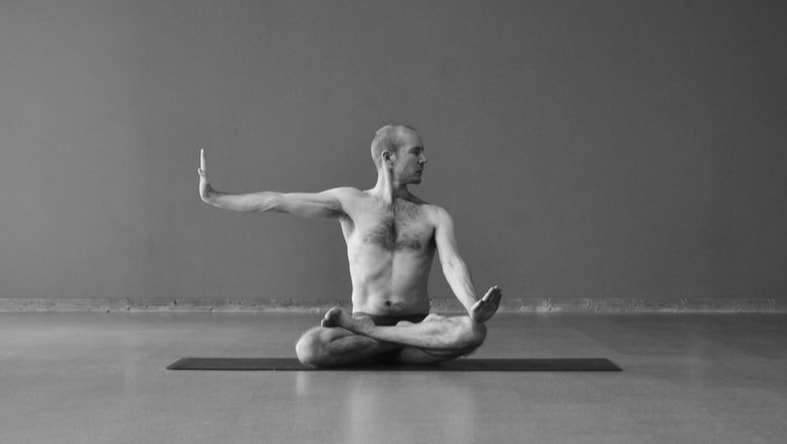

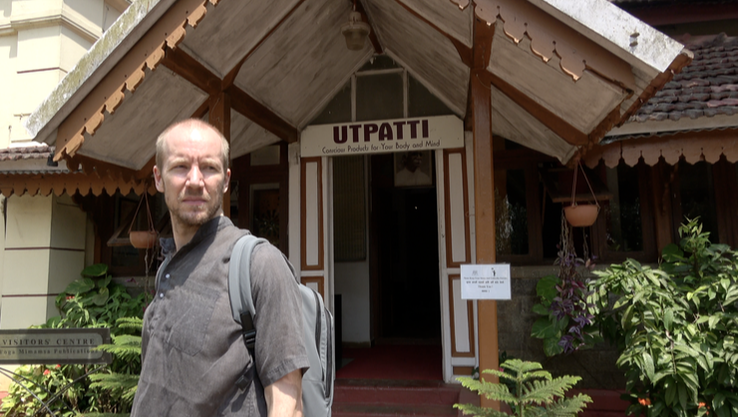
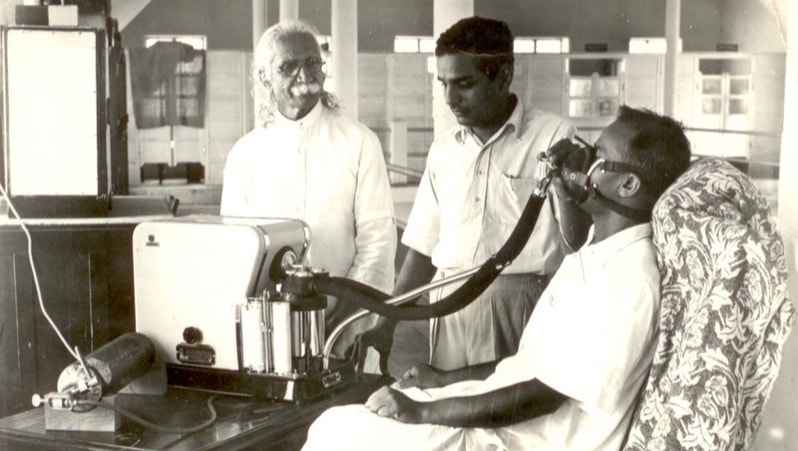
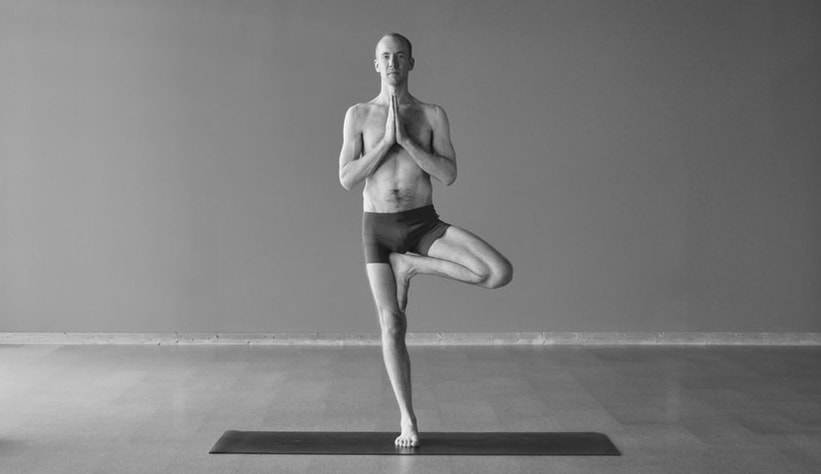
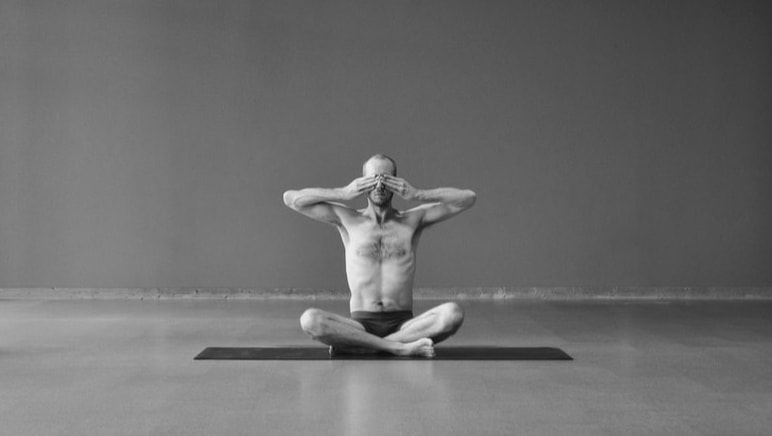

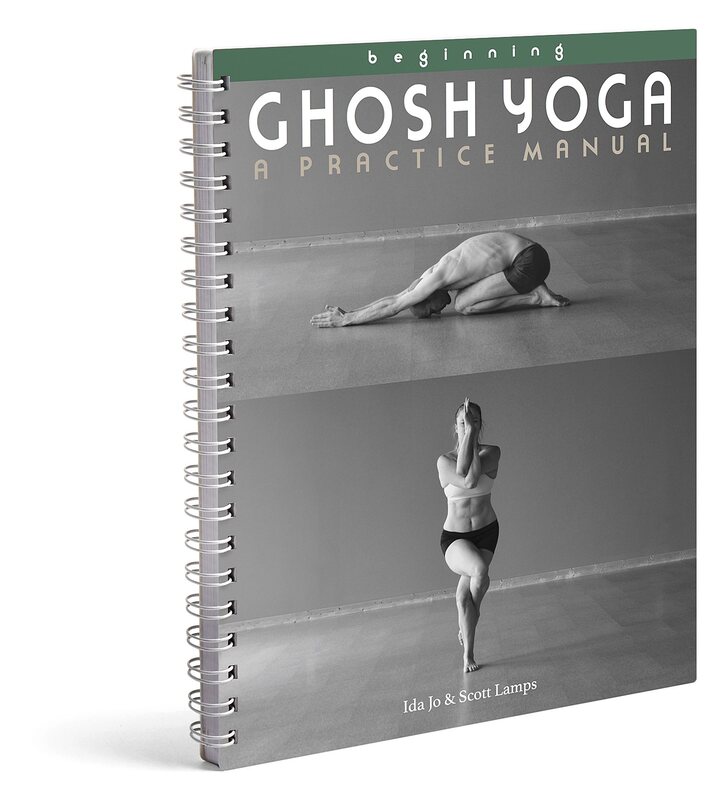
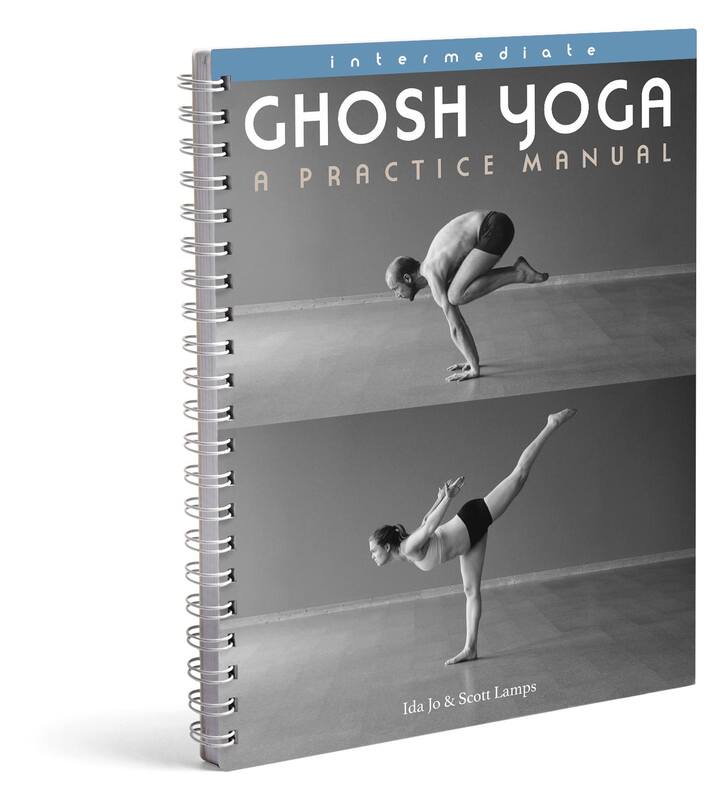



 RSS Feed
RSS Feed